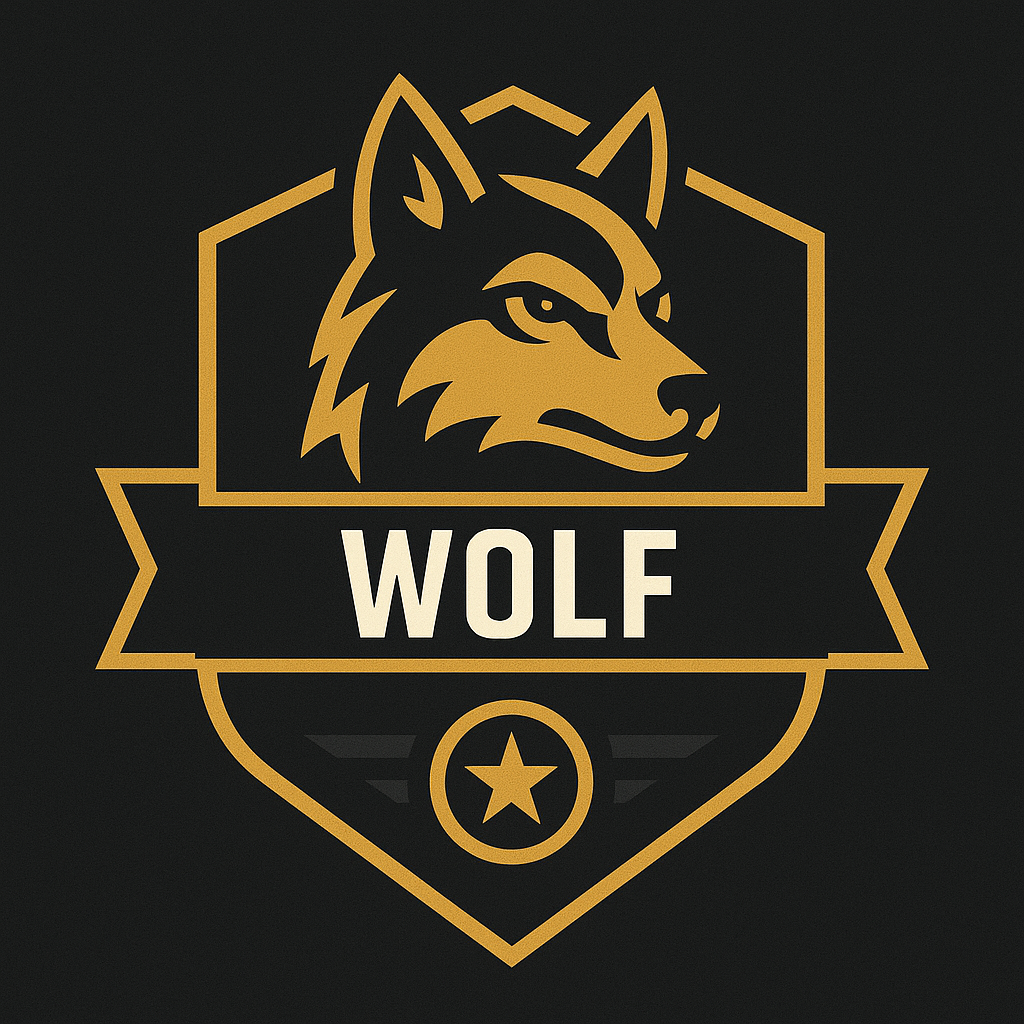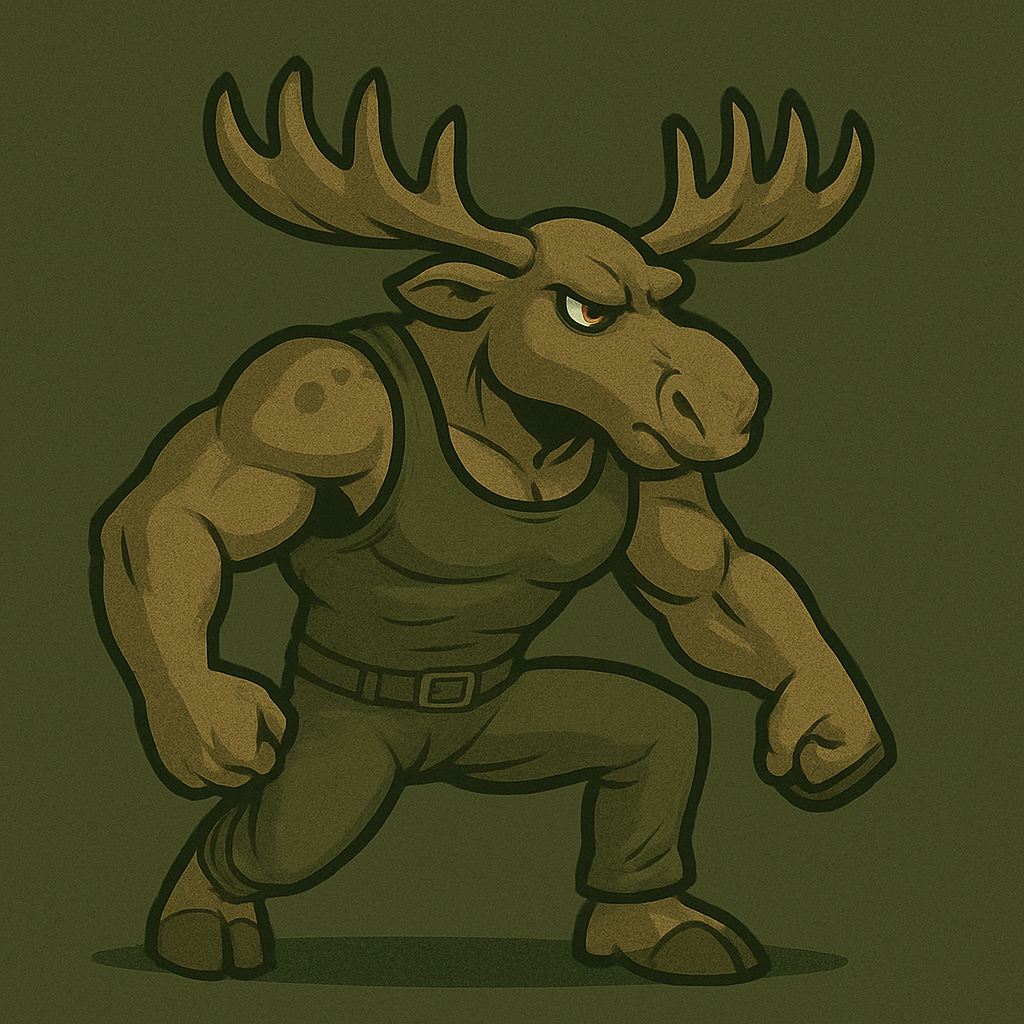Fitness Archetypes
Discover your fitness archetype based on your Army Fitness Test performance. Each archetype represents a unique combination of strengths and provides targeted training guidance.
What are Fitness Archetypes?
AFT Insight analyzes your performance across all five Army Fitness Test events to identify your unique fitness profile. Each archetype is inspired by animals that excel in similar physical domains, providing both understanding and motivation for your training journey.
Performance Analysis
Your AFT scores reveal patterns of strength and areas for improvement across all five events.
Animal Inspiration
Each archetype is matched with an animal that demonstrates similar physical capabilities and adaptations.
Training Guidance
Receive personalized training recommendations based on your archetype's strengths and improvement areas.
The Five Fitness Archetypes

Western lowland gorillas have immense upper-body strength, large muscle mass relative to their size, and anatomical leverage (arm spans approaching 8 ft in some males) that enable feats far beyond typical human capability.
Athletic Traits:
- Proportional raw strength: Possess strength vastly exceeding humans on a per-mass basis, particularly in upper-body tasks
- Grip and upper-body power: Used in locomotion (knuckle-walking) and displays, showing sustained isometric and dynamic strength
- Functional power: Strength applied to territory defense, environmental manipulation, and social displays rather than sustained endurance
Training Focus:
- Maintain strength dominance
- Improve cardiovascular endurance
- Develop sustained effort capacity
Nuance:
Physiology favors short-duration, high-force output over long-distance aerobic endurance; strength comparisons are often qualitative rather than universally quantified.

Wolves are optimized for long-distance travel with efficient trotting gaits, enabling routine coverage of large territories while conserving energy, making them representatives of sustained aerobic capacity.
Athletic Traits:
- Cruising endurance: Typical trotting speeds around 5 mph allow wolves to patrol over wide areas, with some covering up to 120 miles in a day
- Top speed (burst): Commonly cited around 35 mph, with brief bursts up to 40–45 mph, but sustained hunts rely more on persistence
- Travel range: Packs regularly move 30+ miles daily, and dispersing individuals can traverse very large distances
Training Focus:
- Maintain endurance advantage
- Build explosive power
- Develop maximum strength
Nuance:
Specialization is efficient energy use over distance, pack coordination, and persistence; sprint bursts are brief and secondary to endurance.

Moose are the largest members of the deer family, possessing remarkable strength and endurance despite their size. They can sprint up to 35 mph and maintain steady travel through challenging terrain, combining power with surprising stamina.
Athletic Traits:
- Size and power: Adult bulls can weigh 1,200-1,600 pounds and stand 6-7 feet tall at the shoulder, combining mass with impressive mobility
- Speed and endurance: Can sprint up to 35 mph and maintain travel through difficult terrain including deep snow and wetlands
Training Focus:
- Develop work capacity
- Build repeated effort tolerance
- Improve anaerobic endurance
Nuance:
While moose possess impressive individual attributes, their work capacity under sustained high-intensity efforts is limited compared to pursuit predators. Their strength shines in burst efforts rather than prolonged anaerobic work.

Wolverines combine disproportionate strength for their size with documented long-range movements across rugged terrain—melding burst force with sustained travel capacity.
Athletic Traits:
- Strength & force application: Strong jaws and claws allow them to access and process frozen carcasses; they are powerful for their mass
- Endurance/range: Movements of up to ~40 miles in a day have been documented, demonstrating high physical endurance
- Resilience: Adapted to cold, rugged environments with digging/climbing capability and versatile foraging
Training Focus:
- Maintain strength-endurance balance
- Develop elite capabilities in both domains
- Optimize work capacity
Nuance:
Absolute power is limited by small size, but relative to body mass their mix of strength and endurance is exceptional.

Koalas are extreme specialists in energy conservation. Their eucalyptus diet is low in calories and contains toxic compounds, forcing a slowed metabolism and prolonged rest (sleeping 18–22 hours/day) to balance energy intake and expenditure.
Athletic Traits:
- Low metabolic rate: Physiology and behavior reflect adaptation to a marginal diet, with resting/sleeping used to conserve energy
- Activity pattern: Sleeps up to 20–22 hours/day to minimize energy expenditure, with limited active windows
- Mobility/stability: Arboreal adaptations enable precise, energy-efficient climbing rather than speed or power
Training Focus:
- Build foundational fitness
- Establish consistent training routine
- Focus on gradual progression
Nuance:
Their apparent limitation is an evolutionary trade-off for survival efficiency; they are useful baselines for recovery and energy budgeting.
Discover Your Archetype
Ready to find out which fitness archetype matches your performance profile? Take the AFT assessment to unlock personalized insights and training recommendations.